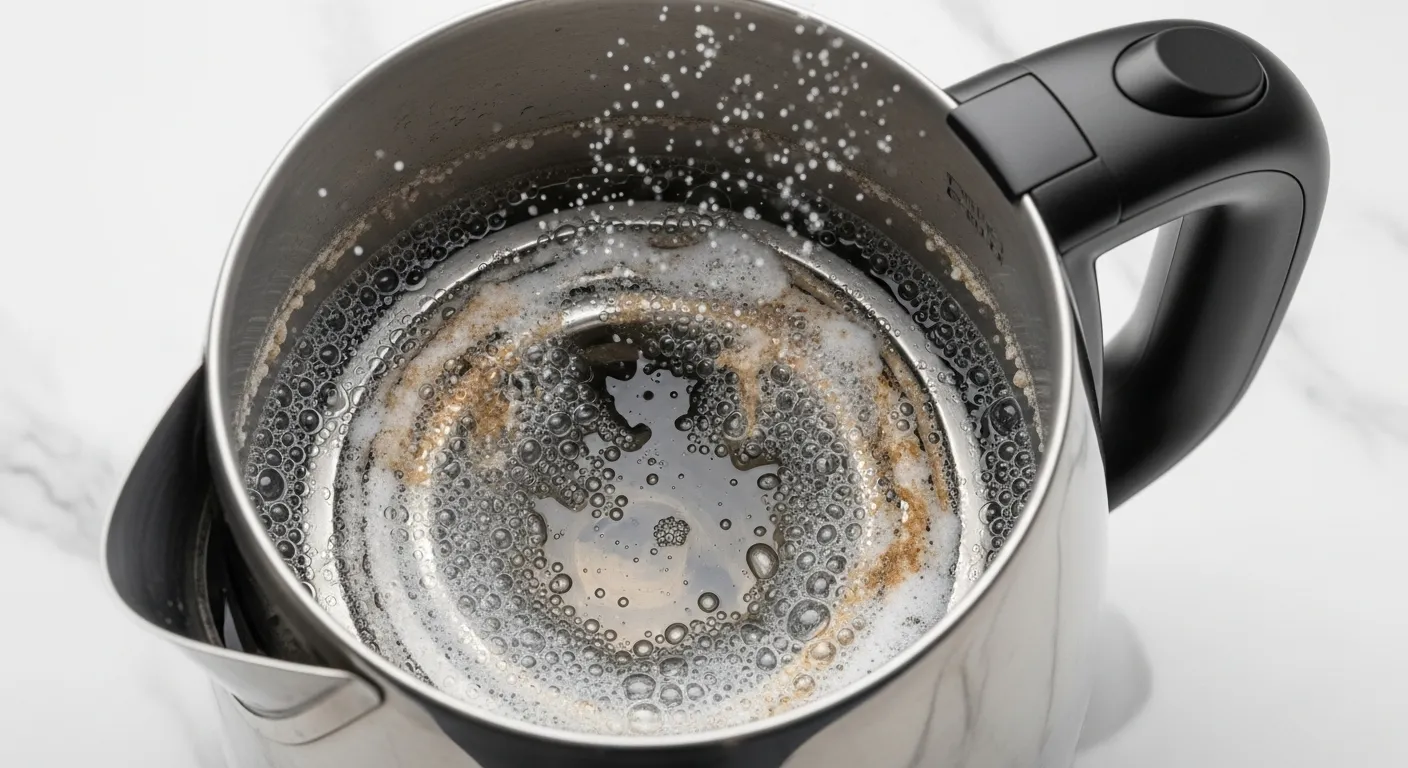
Frequently Asked Questions About Vinegar Cleaning
What kind of vinegar is best for cleaning?
For household cleaning, the best and most affordable option is distilled white vinegar. It typically contains 5% acetic acid, which is the perfect strength for most cleaning tasks. It is clear, so it won’t stain surfaces. You can also use apple cider vinegar, but because of its color, it’s best to avoid using it on light-colored or porous surfaces to prevent potential staining.
Can I mix vinegar with dish soap or baking soda?
Yes, with a bit of understanding. Mixing a small amount of mild dish soap with a vinegar solution can be helpful. The soap acts as a surfactant, which helps the cleaner cling to surfaces and break down grease. However, when you mix vinegar (an acid) with baking soda (a base), they react to create carbon dioxide gas, water, and a salt. The fizzy reaction is great for scrubbing drains initially, but the resulting liquid is mostly just salty water and has lost its primary cleaning power. It’s often more effective to use them separately—for example, making a baking soda paste to scrub, then spraying with vinegar to rinse and create a brief fizzing action.
The smell of vinegar is too strong for me. What can I do?
The vinegar smell can be potent, but the good news is that it dissipates completely once the surface is dry. To make the scent more pleasant during cleaning, you can infuse your vinegar solution. Simply place a few peels from a lemon, orange, or grapefruit into a jar of vinegar and let it sit for a week or two. Then, strain out the peels and use the infused vinegar for your cleaning mixes. Adding a few drops of your favorite essential oil, like lavender or tea tree oil, to your spray bottle also works well.

















